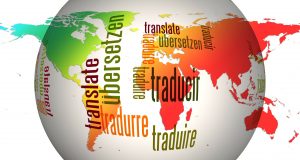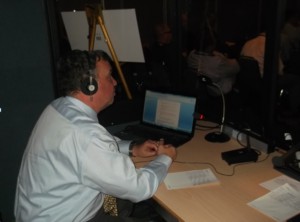Translation softwares, such as Google Translate and Bing Translate are getting more and more sophisticated and can be great tools to help with everyday challenges you might encounter on your travels. But are they sophisticated enough to perform high-profile translations for your company?
Some very embarrassing examples we consistently see on social media suggest that the answer is “no.” Translation softwares are not feed by the works of professional translators but crowdsourced through the general public. This bears a high risk for inaccurate translations and often even violate cultural norms.
One embarrassing example is Bing Translator’s mistranslation of the term word “Daesh” — the Arabic word for the Islamic State — that became “Saudi Arabia” in its English translation. This was seen by many as an insult to an entire nation.
Google Translate also made the news for an embarrassing error just a few months prior. When translating from Ukrainian into Russian, the “Russian Federation” became “Mordor”, the well known mountain of the Lord of the Rings, which is, in reality, located in New Zealand.
While these news make us laugh every once in a while, it is still alerting that occasionally we come across a business who uses translation softwares for the translation of their websites or marketing material. Not only do these incorrect translations look embarrassing for that organization, they can also insult its customers — which is the opposite of what these businesses set out to do.
The use of translation softwares is great for ordering food abroad or communicating allergies to the chef, but it is certainly not advisable to use crowdsourced translation softwares for your website, technical documents, or marketing material. Or else you might end up being featured on social media, too, but not the way you wanted to be.



